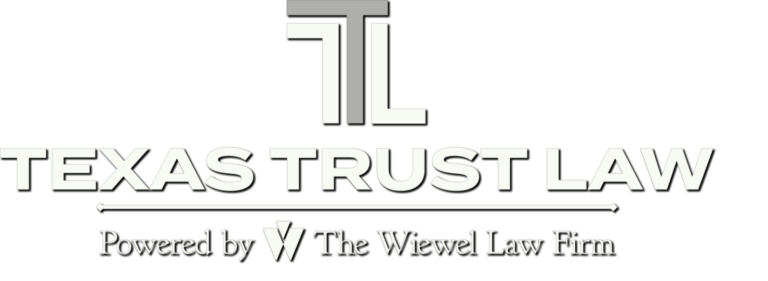
Checklist Helps Put Affairs in Order
As the Baby Boomer generation ages, so too come the very real conversations around end-of-life planning. It can be a daunting and emotionally difficult subject. A checklist helps put your affairs in order and provides you and your loved ones with some peace of mind. National Institute on Aging’s recent article, “Getting Your Affairs in Order Checklist: Documents to Prepare for the Future,” has some steps to consider when getting your affairs in order.
- Plan for your estate and finances. Common documents include a will and a power of attorney. A will states how your property, money and other assets will be distributed and managed when you die. A power of attorney for finances names someone who will make financial decisions for you when you are unable.
- Plan for your future health care. Many people choose to prepare advance directives, which are legal documents that provide instructions for medical care and only go into effect if you can’t communicate your wishes due to disease or severe injury. A living will tells doctors how you want to be treated if you can’t make your own decisions about emergency treatment. A power of attorney for health care names your health care proxy. This individual can make health care decisions for you if you cannot communicate these yourself.
- Put your important papers and copies of legal documents in one place. You can set up a file, put everything in a desk or dresser drawer, or list the information and location of papers in a notebook. Consider getting a fireproof and waterproof safe to store your documents for added security.
- Tell someone you know and trust the location of your important papers. Someone you trust should know where to find your documents in case of an emergency.
- Talk to your family and physician about advance care planning. A doctor can help you understand future health decisions and plan the kinds of care or treatment you may want. Discussing this with your doctor is free through Medicare during your annual wellness visit, and private health insurance may also cover this. Share your decisions with your loved ones to help avoid any surprises about your wishes.
- Give permission in advance to discuss your condition with your caregiver. You can give your caregiver permission to talk with your doctor, lawyer, insurance provider, credit card company, or bank. This is different from naming a health care proxy. A health care proxy can only make decisions if you cannot communicate them.
- Review your plans regularly. Look over your plans at least once yearly and when any major life event occurs, like a divorce, move, or major change in your health.
A checklist helps put your affairs in order and gives you and your loved ones a roadmap to address any changes or issues that come up in the future. If you would like to learn more about end-of-life planning, please visit our previous posts.
Reference: National Institute on Aging (July 25, 2023) “Getting Your Affairs in Order Checklist: Documents to Prepare for the Future”
Image by Gundula Vogel














